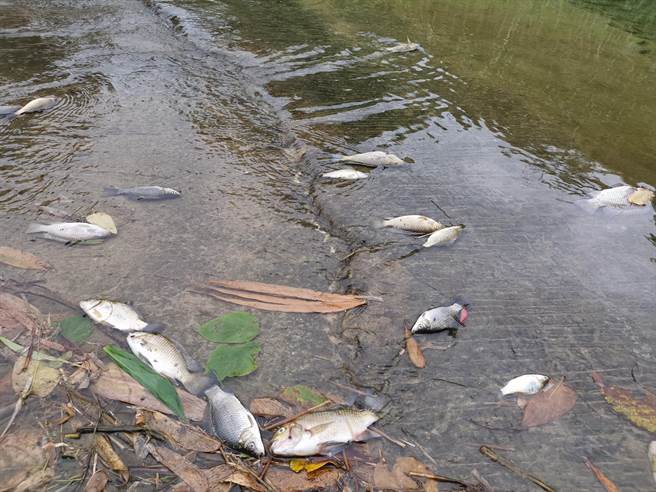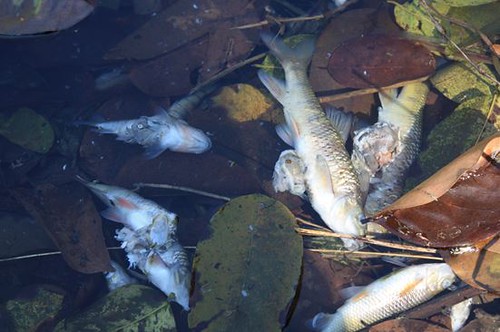With the improvement of the breeding level and the increase of breeding density, the nitrogen-containing organic matter such as residual bait and feces in the later stage of breeding continues to increase. When the degradation ability of the living bacteria in the pond exceeds the saturation level, the environment in the pond water will continue to deteriorate. Toxic and harmful substances such as ammonia nitrogen and nitrite nitrogen accumulate in large quantities. Nitrite is highly toxic to fish and shrimp. When the nitrite content in the water exceeds 0.15 mg/L for a long time, or exceeds 0.30 mg/L for a short period, it will cause serious harm to fish, and even lead to large-scale death. , causing great harm to fish farming.
The mechanism of action of nitrite is that it enters the blood through the gill filaments through the fish’s respiration, causing normal hemoglobin to oxidize into methemoglobin, which loses the ability to combine with oxygen, reduces the ability of the fish’s blood to transport oxygen, and affects the function of transporting oxygen, thus Tissue hypoxia occurs, causing fish and shrimp to become hypoxic and even suffocate to death.

- Symptoms of nitrite poisoning in fish and shrimp
- Abnormal behavior: abnormal swimming movements, such as hiding, tail wagging, trembling, etc.
- Difficulty breathing: rapid breathing, lack of oxygen, and mouth opening wide.
- Body color change: Body color changes, usually from light yellow or light pink to dark brown or black.
- Abnormal water quality: Abnormal water quality occurs, such as water becoming turbid, smelling peculiar, etc.
- Loss of appetite: Fish and shrimp no longer have the same appetite as before, and may even refuse to eat.
- Increased mortality: If fish and shrimp are severely poisoned, mortality will increase significantly.

- Biological mechanism of nitrite poisoning in fish and shrimp
Nitrite mainly affects the respiration and blood circulation of fish and shrimp. Nitrite will combine with hemoglobin in the blood of fish and shrimp to form nitroshemoglobin. This kind of nitroshemoglobin combines with oxygen more easily than ordinary hemoglobin, which leads to a decrease in oxygen in fish and shrimps, causing hypoxia. Lack of oxygen can cause symptoms such as rapid breathing and wide mouth opening in fish and shrimp. Nitrite can destroy red blood cells in the blood of fish and shrimp, causing them to deform and rupture. This will lead to the accumulation of metabolic waste in fish and shrimp, hinder blood circulation, lead to damage to internal organs and even death. At the same time, nitrite will also affect the immune system of fish and shrimp, making them less resistant to bacterial infections and susceptible to disease.
The formation of nitrite is due to the reduction reaction of ammonia nitrogen and nitrate under the action of microorganisms. Normally, the process of producing nitrite in fish and shrimp breeding ponds is divided into two stages: the first stage is the conversion of ammonia nitrogen into nitrite; the second stage is the conversion of nitrite into nitrate. Therefore, there are two ways to control the nitrite content in water quality: one is to control the concentration of ammonia nitrogen through reasonable feeding and sewage discharge to avoid excessive accumulation; the other is to promote the conversion of nitrite by increasing nitrifying bacteria or adding nitrifying agents. For nitrate.

